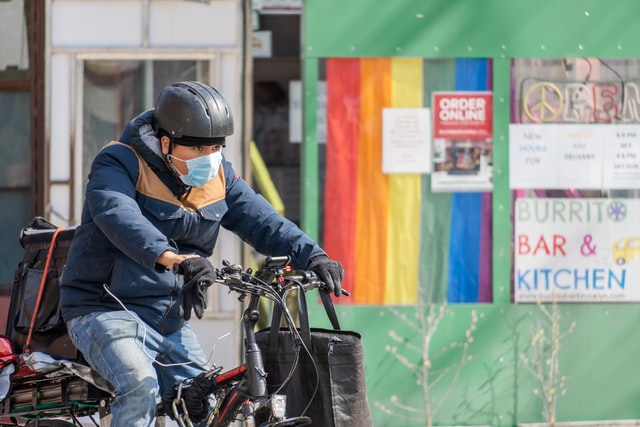 The coronavirus pandemic – and COVID-19, the disease it causes – arrived silently, stealthily, and invisibly sometime after the beginning of 2020. It isn’t going away anytime soon! University of Minnesota researchers say that it may last as long as two years – until the majority of the population is immune (herd immunity achieved either as a COVID-19 survivor or vaccine recipient). The list of symptoms grows. However, the race for a vaccine – estimated to be anywhere from 12-18 months) continues. So, too, is the search for both effective treatment protocols and a cure.
The coronavirus pandemic – and COVID-19, the disease it causes – arrived silently, stealthily, and invisibly sometime after the beginning of 2020. It isn’t going away anytime soon! University of Minnesota researchers say that it may last as long as two years – until the majority of the population is immune (herd immunity achieved either as a COVID-19 survivor or vaccine recipient). The list of symptoms grows. However, the race for a vaccine – estimated to be anywhere from 12-18 months) continues. So, too, is the search for both effective treatment protocols and a cure.
The virus has changed everything about our very lives.
Behaviors have changed. Now there is diagnostic testing, contact tracing, quarantining and mask wearing to supplement social distancing, sheltering in place, hand-washing and other initiatives. The toll of confirmed cases and probable deaths changes minute by minute. In the United States more than 1.4 million have been infected and at least 87,000 have died. Nearly a third of deaths are linked to long term facilities. In New York State there are 354,055 confirmed cases; and 27,640 probably deaths as of May 15, 2020. In New York City there are 186,662 confirmed cases and 20,456 (including probable) deaths. Noteworthy is that the virus’ impact is world-wide affecting almost everyone across the globe.
It has shut down our economy putting more than 32 million workers out of work. The unofficial number is much higher. Families struggle to put food on the table and a roof over their heads.
Efforts to reopen the economy raise fundamental questions about when, how and at what price, should the virus reemerge.
We still do not know for sure how the virus got its start. How the virus is transferred also remains a mystery as experts debate its airborne characteristics. Do the droplets fall directly to the ground or do they float around? The effectiveness of known drugs (remdesevir) is also disputed although some assert that it lessens the duration of illness. Whether or not antibodies in those who have survived the virus confer immunity is also in dispute.
What is indisputable is that the virus has exposed the inequality and inequities in our capitalist society. It targets disproportionally the elderly, low income persons, minorities and those with compromised immune systems. It has made visible the invisible essential front-line workers – in hospitals, grocery stores, warehouses, meatpacking plants – who keep our society moving. They drive trucks, deliver packages, police and clean the streets, all while exposed to this contagious, infectious disease. Their work has traditionally been unrecognized, underpaid and unrewarded.
Cuomo plans a phased reopening consistent with CDC guidelines with testing and tracing in place. Its success depends on a continuation of the support of an informed public.
What is clear is that we cannot go back! We cannot return to the old ways of organizing and operating – categorizing, working, living and even dying. The question is with everyone at the table what will this new world look like? The need for action is there – to reduce mass incarceration, to feed and house the homeless, to adequately fund our schools, to provide a guaranteed income for all; And, so it goes. Only time will tell.

